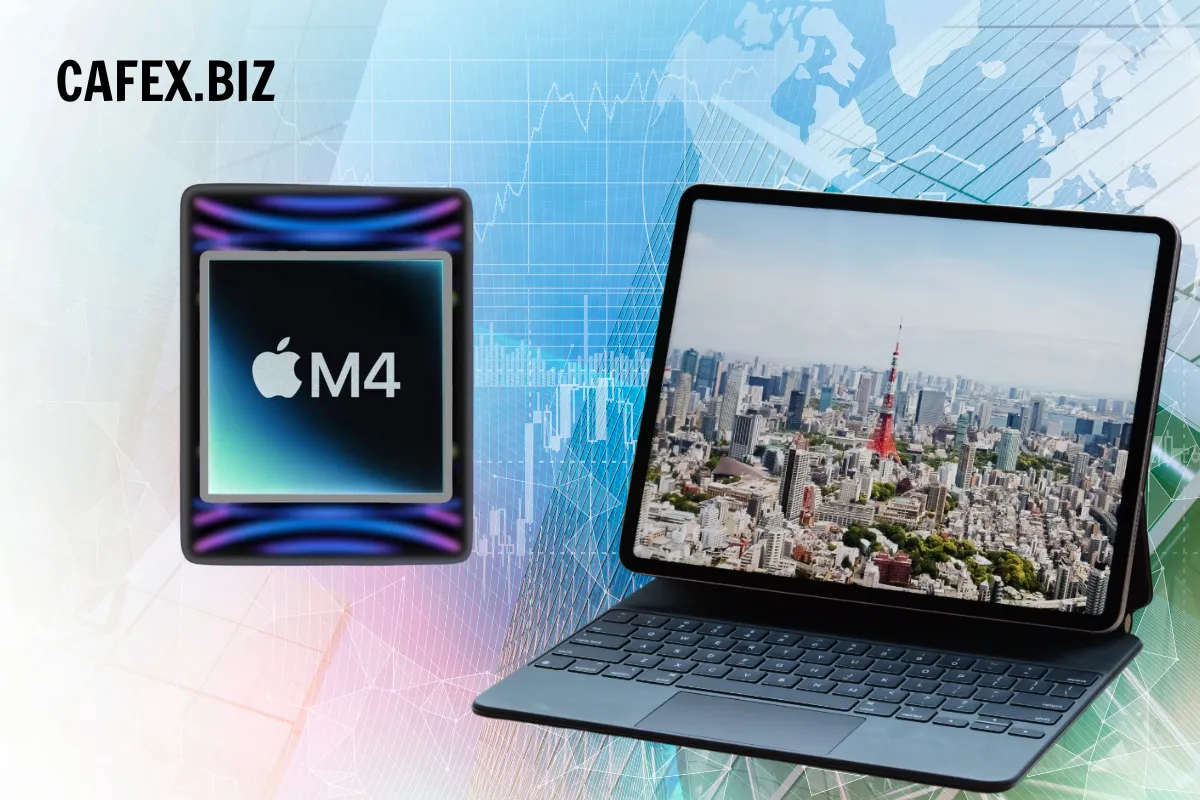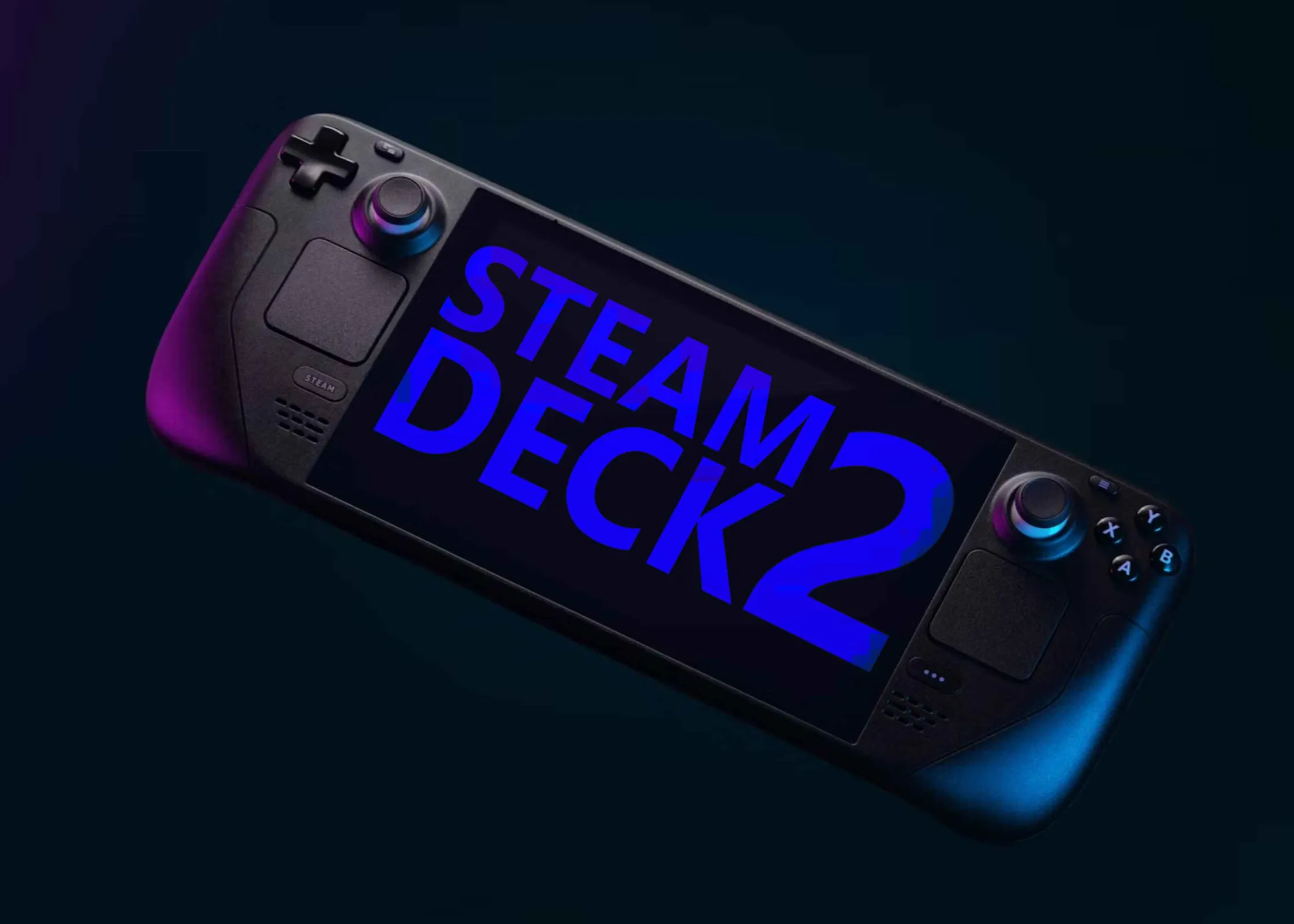Console wars used to revolve around hardware performance, exclusive titles, and brand prestige. Today, the landscape is shifting. The rivalry between Microsoft’s Xbox and Sony’s PlayStation is transforming from which box you own to what ecosystem you're part of. With more games appearing across platforms, growing emphasis on cloud gaming, and subscription services blurring lines, the future of gaming is less about the physical console and more about access, community, and content.
From Boxes to Ecosystems: What Is Changing
Decline of Strict Hardware Exclusivity
In earlier generations, owning a specific console often meant access to certain flagship franchises only available on that system. But now, iconic titles once tied to one console are becoming multiplatform. Games that were once considered core exclusives are reaching rival platforms, sometimes even simultaneously. The consequence? A reduced incentive to choose a console based solely on its exclusive games.
Shared Architectures & Development Tools
Both PlayStation and Xbox are now using similar hardware architectures (for example, x86 CPUs) and popular game engines (Unity, Unreal). This technical convergence has lowered the barrier for developers to bring games to multiple platforms. As a result, creating a game for both Xbox and PlayStation—and even PC—is less of a stretch than it used to be.
Rise of Subscription and Streaming Models
Services like Xbox Game Pass have played a central role in this shift. Instead of relying purely on hardware sales and exclusive games, Microsoft is investing heavily in offering an ecosystem of games via subscription, cloud streaming, and cross-device availability. Sony has also been expanding its presence beyond just the PlayStation console—through PC titles and cloud-based services.

Why the Box Still Has Value – But Not the Whole Picture
Even though the ecosystem approach is gaining momentum, consoles aren’t going away just yet.
-
For many players, hardware still matters: performance for demanding games, graphics fidelity, input lag, local multiplayer. Consoles remain attractive for those who want high visual quality without compromises.
-
New generations of consoles or hardware revisions can unlock capabilities that cloud or streaming can’t match yet—especially when connection speed, latency, or bandwidth are limiting factors.
-
For many, owning a physical console, having access to local discs, and familiarity of the platform UI are still meaningful parts of the gaming experience.
What These Changes Mean for PlayStation and Xbox
Microsoft’s “Play Anywhere” Strategy
Microsoft has been progressively bringing Xbox titles to other platforms. Some games are arriving on PlayStation or Nintendo hardware, and cloud gaming allows Xbox games to be played on mobile devices, TVs, and PCs. Their goal seems to be making the Xbox brand exist beyond a single hardware box. This means welcoming a model where players aren’t locked in by console ownership but by service and community.
Sony’s Adjustments
Sony, long recognized for its strong exclusive lineup, is also adapting. While exclusives remain a central pillar of its identity, there's increasing movement toward releasing some titles on PC and cloud platforms. Sony is also investing in services and digital ecosystems that echo aspects of Microsoft’s Game Pass model. The recognition is growing that accessibility and reach are becoming just as important as in-house hardware.

Challenges & Trade-Offs in Ecosystem-First Models
While moving away from hardware locking has many upsides, there are still substantial challenges:
-
Revenue and Margin Concerns
Exclusive hardware has traditionally driven higher margins. Moving toward shared software and subscriptions means changing how revenue is generated—and perhaps accepting lower margins per user if hardware sales decline. -
Maintaining Quality & Identity
If every title becomes multiplatform, distinguishing what makes PlayStation distinct from Xbox—or vice versa—might become harder. Players often connect emotionally with brand identity, exclusive franchises, and console culture. Diluting that might impact loyalty. -
Infrastructure & Latency for Cloud
Cloud gaming is promising, but not universally viable. Network conditions, bandwidth, and latency vary greatly across regions. For gamers in areas with weak internet infrastructure, cloud or streaming may underdeliver compared to native hardware. -
Game Developer Economics
Cross-platform development has costs—porting, optimization, quality assurance across devices. Also, decisions about where to release first (or where exclusivity still applies) can be contentious.
Indicators That the Shift Is Already Happening
-
Several first-party games once thought to be exclusive are being released on multiple platforms.
-
Subscription services are growing in importance; gamers are showing more interest in access models over ownership models.
-
Stakeholders in the industry—developers, publishers, console makers—are increasingly talking publicly about device-agnostic strategies.
-
Hardware announcements are often paired with software or service expansions, especially around cloud streaming, mobile apps, and cross-device compatibility.
What the Future Could Look Like
Modular or Hybrid Devices
Future console generations may adopt modular designs or hybrid models bridging hardware and cloud. Instead of large generational leaps, we might see gradual upgrades, optional modules, or even devices that scale up or down depending on performance needs or user preferences.
More Ubiquitous Game Streaming
Streaming games over the internet, whether through cloud services or local streaming solutions, will likely expand. Gaming on TVs, tablets, possibly AR/VR devices, could become standard. The box under the TV might still exist, but its central role could diminish.
Subscription First Strategy
Access to vast libraries of games for a monthly fee will probably become the norm. Exclusive content will still matter, but more as a differentiator rather than a basis for hardware sales. Sell the service, not just the console.
Global Play & Platform Alliances
As gaming becomes increasingly global, platform alliances might emerge. Companies may form partnerships (or share games) to reach broader audiences. Titles may launch simultaneously across multiple platforms by default.

What Gamers Should Keep in Mind
For consumers trying to figure out which path to take, here are some things to consider:
-
Think Beyond the Box: Don’t choose a console just for its hardware; evaluate the ecosystem, game library, subscription services, and how often you play across devices.
-
Look at Connectivity: If your internet is fast and stable, cloud gaming becomes more feasible; if not, hardware performance and offline capabilities still matter.
-
Check for Exclusive Titles but Don’t Rely Solely On Them: Exclusives are still major draws, but their grip is loosening. Genres you love, developer support, backward compatibility may be more reliable things to consider.
-
Budget for Extras: If you want access across devices, you may need to invest in subscriptions, better network infrastructure, or peripherals.
-
Protect Your Game Library: With cross-platform games becoming common, consider games where you retain ownership (vs streaming) or titles you can access on multiple devices.
Why This Shift Is Significant
-
It democratizes gaming: more people in more places can access games without investing in expensive hardware.
-
It can extend the lifespan of game content across platforms and generations—games you buy once may serve you across devices.
-
It encourages innovation in how games are made, monetized, distributed.
-
It may reduce barriers to entry for smaller developers when the platform is accesible and flexible.
Counter-Perspectives: Is the Console Dead?
Some arguments suggest that hardware remains very important:
-
Hardcore gamers and enthusiasts will always care about power, graphics fidelity, local multiplayer, and latency—all of which are best delivered on dedicated boxes.
-
Physical consoles and exclusive titles still serve as branding and emotional touchpoints; some players value owning the latest console and its prestige.
-
In many regions, connectivity issues and cost of subscriptions or high-speed internet limit how viable cloud or streaming models are. For them, hardware is still the safest path.
So while the trend is clear toward ecosystems, this doesn’t mean physical consoles will vanish anytime soon—it means their role is evolving.
The future of gaming is not about stations or boxes. It’s about ecosystems, content, accessibility, and community. PlayStation and Xbox are both adapting—declining their reliance on single-machine exclusivity and emphasizing subscription, cloud, and multiplatform strategies. For players, this means more choices, more devices, and less concern about what box you own.
If you’re deciding now, look beyond just hardware specs. Consider the ecosystem, subscription cost, game library, and how you like to play. As the shape of gaming shifts, it’s those behind the screen—not the screen itself—that will define what gaming means in the years to come.


-1708137159.jpg)


